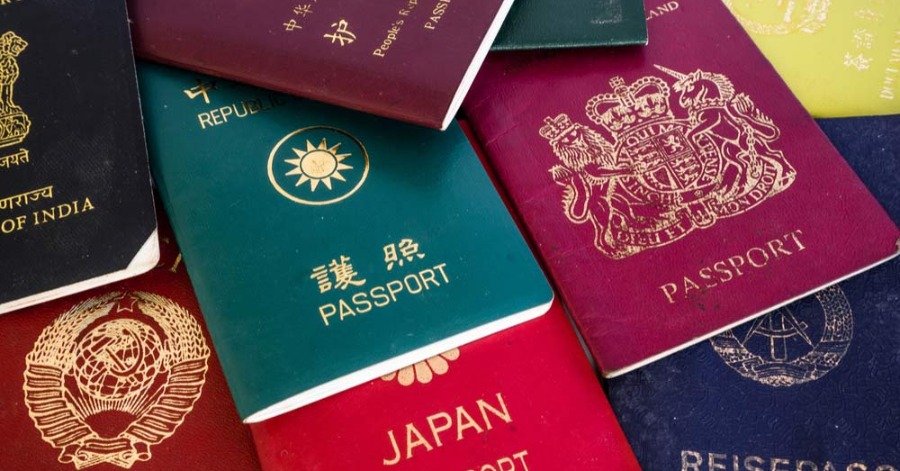KUALA LUMPUR, Aug 22 (Bernama) — Film producers need to have a deep understanding of the ‘spirit’ of nationalism and the nation’s identity to produce a patriotic or nationalistic film with its message can be translated well to the audience and further evoke their love for the country.
Honorary Professor at the Institute of Ethnic Studies (KITA), Universiti Kebangsaan Malaysia (UKM), Prof Dr Mansor Mohd Noor said they should have a clear understanding of the concept of nationhood and social groups that form the core of the country’s history and heritage to provide a clear explanation on issues raised in the film.
He said it is important for film producers to master knowledge about race, the type of challenges and the latest technique in filming.
“A film that emphasises nationhood, the spirit of nationalism and patriotism will ‘live’ when it shows the life of the community at the grassroots in defending themselves, family, welfare, religion and country.
“For example, the film “Mat Kilau: Kebangkitan Pahlawan (2022)” highlights the people’s experience by identifying feelings, grievances and awareness until they rise up against the colonialists on the realisation that no dignified nation can be oppressed and colonised, which is what attracts the audience to go to the cinema,” he told Bernama.
Therefore, he said, film producers should cultivate and instil the reading culture to obtain fresh ideas by doing research and comparative studies, which would help in strengthening the country’s film industry.
A film critic, Hassan Abdul Muthalib said there are three main criteria in producing a good film, namely, it should be entertaining, about something and features the culture or lifestyle of a nation or community.
He said the films, The Journey (2014) and Ola Bola (2016), both directed by Chiu Keng Guan, are examples of films having all three criteria that are also the reason for their success in drawing the crowd to the cinema.
“This is because the storytelling is very good and there are symbolic elements that the audience can accept, all of which are depicted cinematically.
“Like the movie Ola Bola, it can unite the Malay, Chinese and Indians through one event, which is soccer,” he said.
Hassan said that producing a nationalistic film should not necessarily be based on the theme of struggle, but also on other genres such as comedy, love and romantic comedy to lure the public to go to the cinema.
“A narrative, if possible, should highlight a family aspect because it is the basic unit in society, while the story of a struggle is told implicitly by using film language.
“This is because, under normal circumstances, when it is promoted as a nationalistic film, most of the audience is not interested in watching it,” he said and suggested the need to take into account the role of script editors and script consultants to examine and improve the script in terms of structure and others while strengthening the storyline.
Professor Dr Mahadi J Murat of the Film and Communication Studies, International University of Malaya-Wales (IUMW) said the government, through the Malaysian National Film Development Corporation (Finas), has allotted provisions for the development of ideas or writing film scripts, especially for themes on nationhood.
“Participants were given funds to develop or write scripts, but the results have not yet reached the expected level. Although the step taken is good, the approach to make it successful may still need to be improved,” he said.
At the same time, Mahadi expressed the hope that popular movie genres such as love, comedy and horror will also have more meaningful content or setting.
“For example, the film Mat Kilau: Kebangkitan Pahlawan which uses a popular approach in its production, we should take advantage of these popular elements as an effort to promote local films, as is done in foreign countries such as South Korea,” he said.
Sources: BERNAMA








